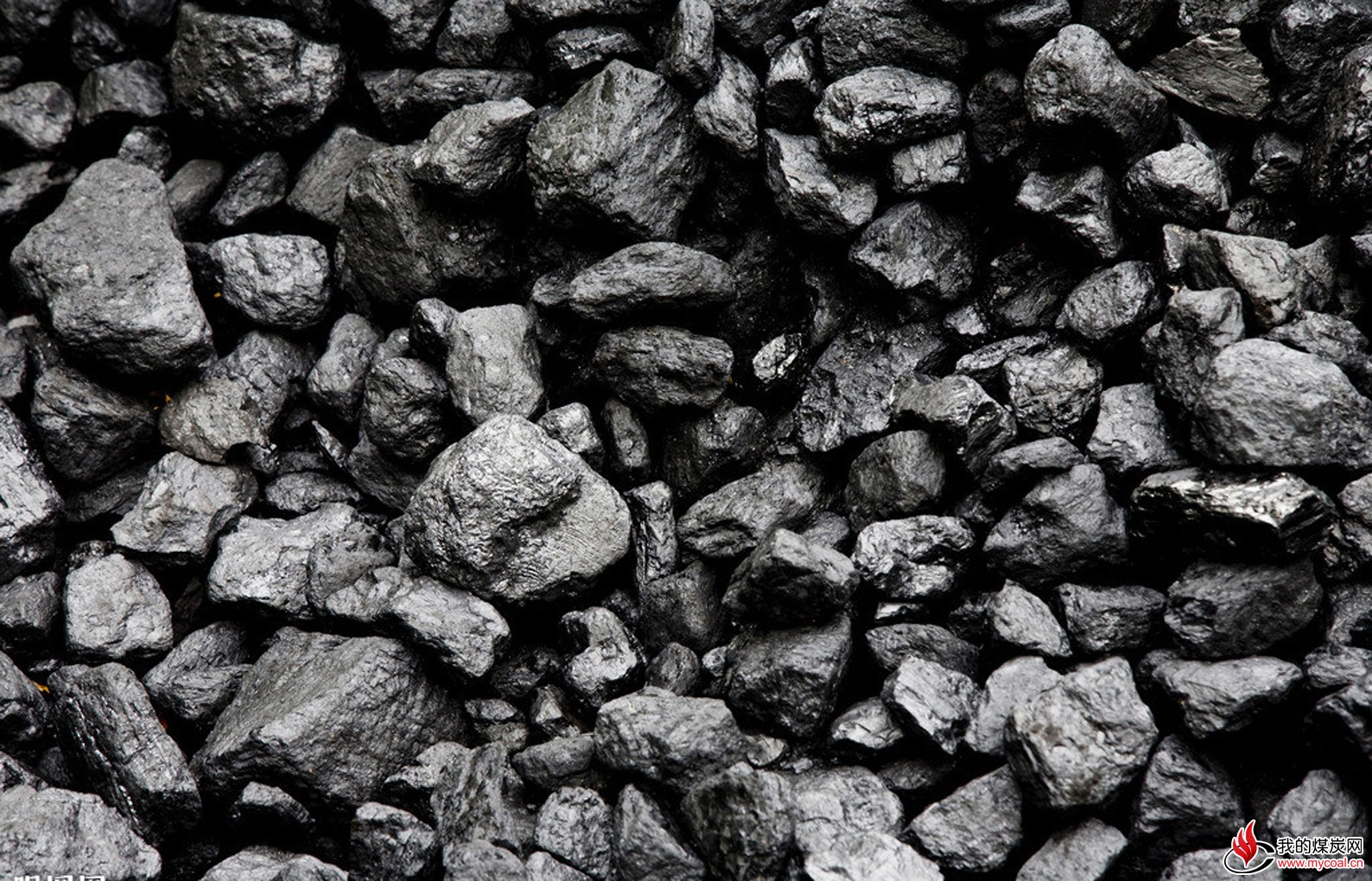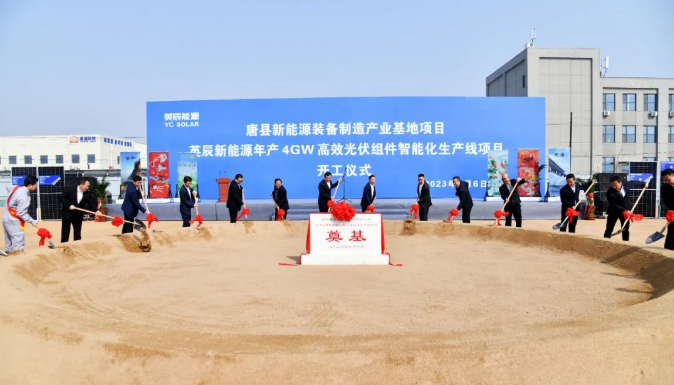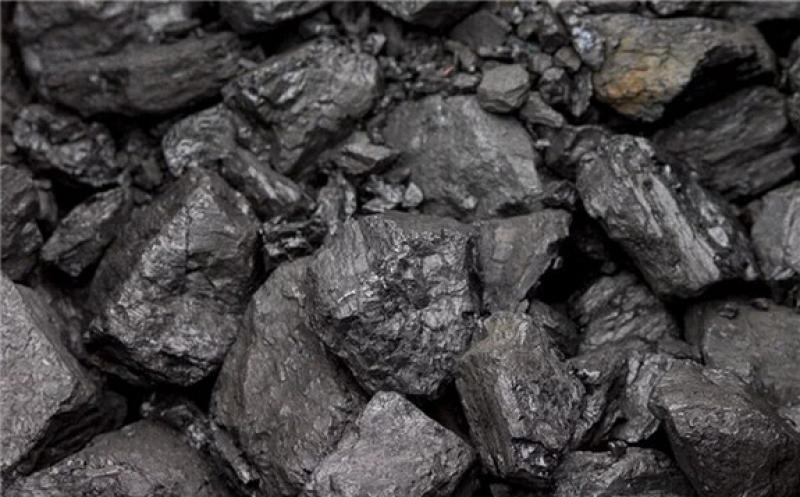
Perovskite is a new type of solar cell that can outperform the silicon-based cells found in most of today’s solar panels in almost every way. Anker claims its perovskite cells offer “30 percent better performance than crystalline silicon solar cells in bright light, and double the efficiency in low light.”
The silicon-based solar cells shipping today in consumer panels currently max out at around 24 percent efficiency, with a theoretical efficiency near 30 percent. Solar panels that layer a perovskite film on top of a silicon base can absorb even more light — perovskite cells can be optimized at the blue end of the light spectrum while silicon cells harvest energy on the red end — to reach solar conversion efficiencies of up to 43 percent. That’s a step change in how we harvest energy from the sun. Notably, perovskite can be made from low-cost materials that are widely available.
A UK-based company called Oxford PV announced in September that it had already started the “world’s first” commercial sales of solar panels using perovskite-on-silicon cells, boasting a 24.5 percent efficiency, with improvements on the horizon.
Unfortunately, Anker isn’t offering any details on the origins of its “perovskite solar cells,” despite us reaching out with questions. That leaves a lot of unknowns around things like conversion efficiencies and life expectancy — the latter being a historical problem for perovskite. We also don’t know the weight of the umbrella. We do know that the folding Solix Solar Beach Umbrella stands just over seven feet (215cm) tall with a six-foot, two-inch (190cm) diameter. It also has an IP67 rating, so it should hold up to blowing sand and rain.
There’s still time for Anker to answer our questions, since the solar umbrella won’t ship before summer 2025 for an undetermined price.







